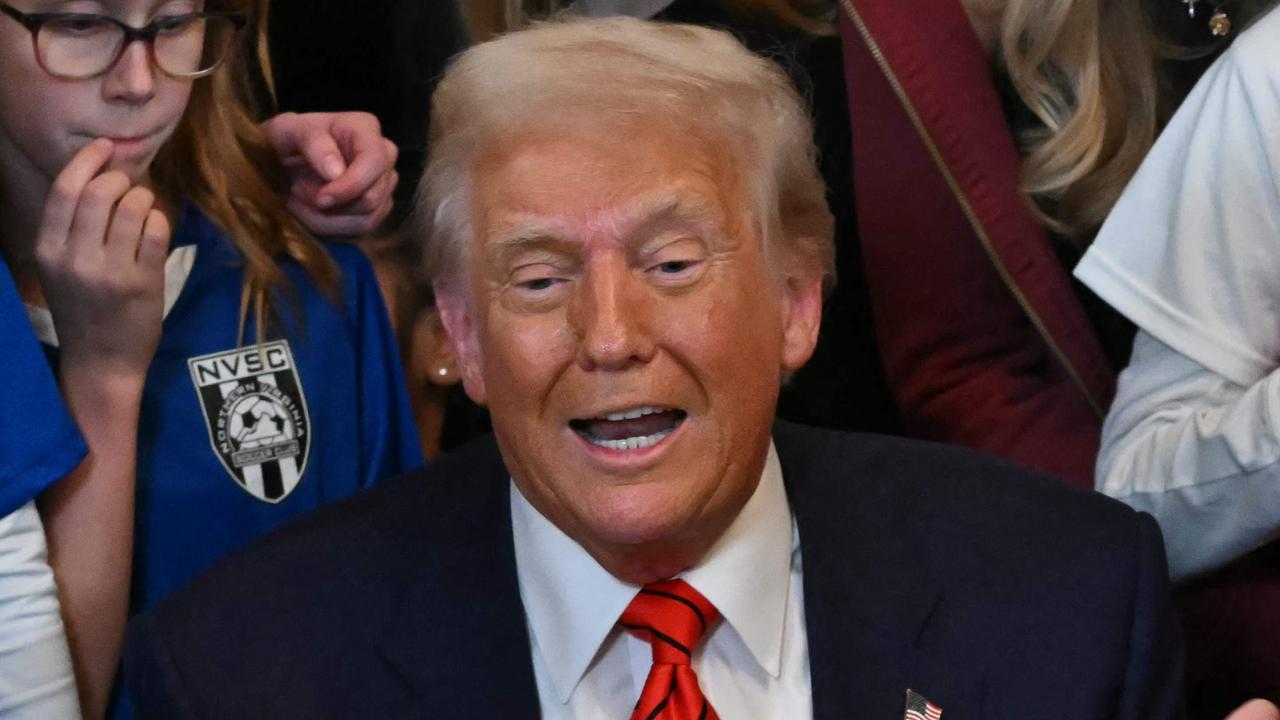As North Korea threatens ‘thermonuclear war’, this is how nuclear bombs really work
THE unthinkable possibility of a war between the US and North Korea has become terrifyingly real. So what happens if a nuke is dropped on Seoul or Pyongyang?

World
Don't miss out on the headlines from World. Followed categories will be added to My News.
NUCLEAR warfare is a frightening reality in the current political climate.
The US and North Korea are teetering on the brink of all-out thermonuclear war as America declares the “era of strategic patience is over”.
Both sides are talking tough, but the reality of such a nuclear attack would have devastating and lasting consequences.
Wayne Reynolds, Associate Professor of History at the University of Newcastle, said hundreds of thousands of people could perish if a nuclear bomb were to hit Seoul or Pyongyang.
“You’d expect with Seoul and Pyongyang as well ... with large urban populations like that in proximity there’d be significant loss of life,” he said.
DANGEROUS: North Korean regimen a ‘threat to Australia’
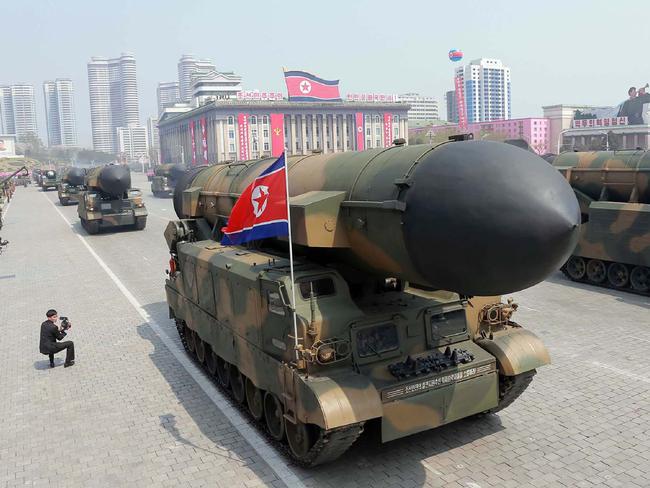
ANALYSIS: North Korea is increasingly frightening
Given North Korea’s “rudimentary arsenal”, Professor Reynolds said the big concern is how the reclusive nation might retaliate with respect to South Korea, rather than the US.
“In terms of accuracy, payload, range, there’s not much (North Korea) can do,” he said.
“I think the big fear is how they might retaliate with respect to South Korea. From that point of view, there’s the possibility of damage and loss of life.”
China, with its limited nuclear arsenal and high density living, is also “highly vulnerable to an attack”, Professor Reynolds said.
BRINK OF WAR: The days the Earth stood still
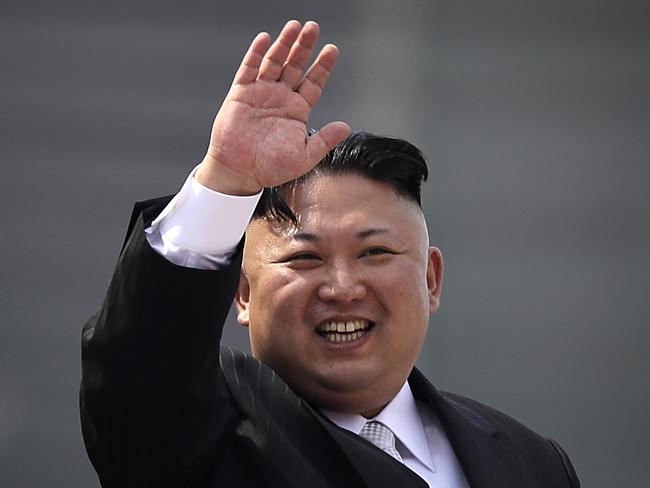
HOW DOES A NUCLEAR BOMB WORK?
Nuclear bombs harness the forces that hold the nucleus of an atom together by using the energy released when the particles of the nucleus are either split or merged.
Nuclear energy can be released from an atom in two ways: nuclear fission and nuclear fusion.
Nuclear fission, which produced the atomic bomb, releases power by the splitting of the atomic nuclei.
The Hiroshima and Nagasaki bombs, known as “Little Boy” and “Fat Man”, released an explosive force equivalent to 15,000 and 21,000 tons of TNT respectively.
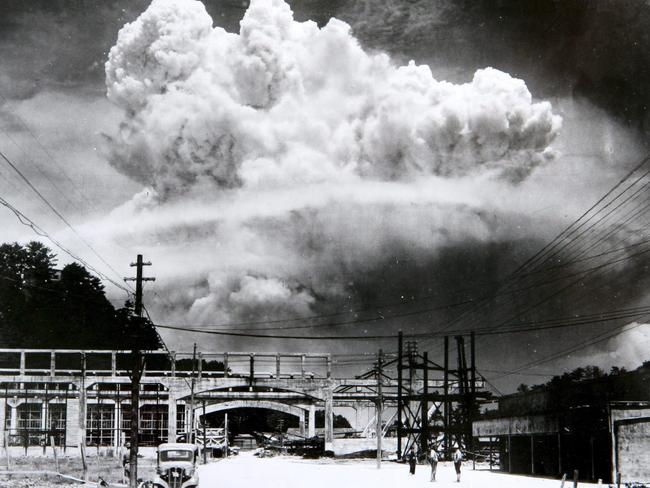
Nuclear fusion, which fuelled the hydrogen bomb, works by bringing two smaller atoms together at high temperatures to form heavier atoms. Hydrogen bombs have greater destructive power than atomic bombs.
The US conducted its first test of a fusion device, or a “hydrogen bomb” on 1 November 1952 on a test site in the Pacific Ocean. The 10.4 megaton blast produced a light brighter than 1000 suns and a heatwave felt 50km away.
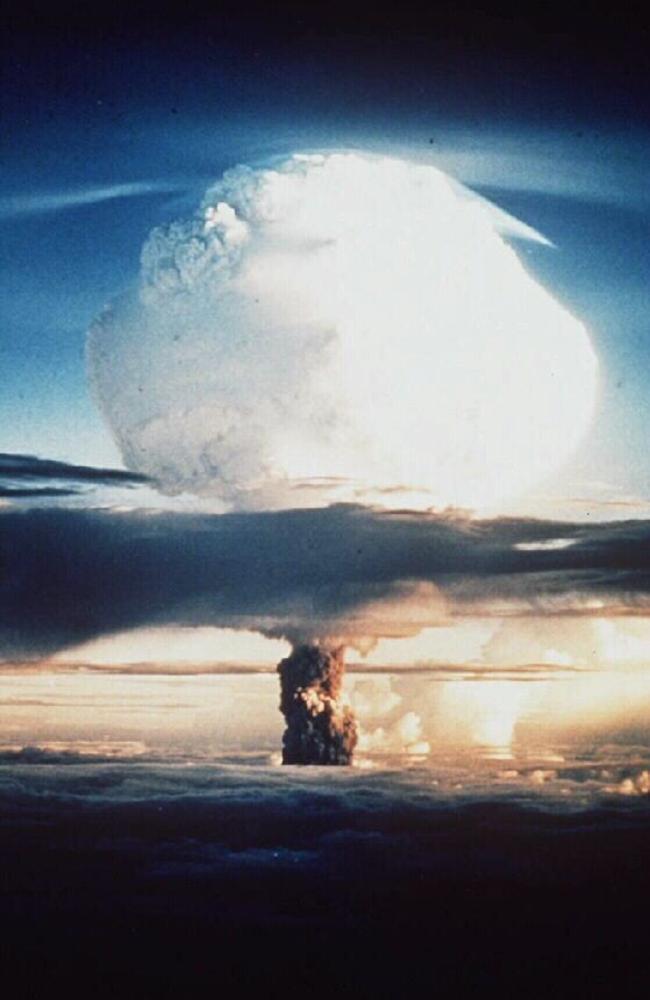
WHAT CAUSES THE MOST DAMAGE?
Nuclear bombs cause catastrophic damage, most of which occurs during the initial blast.
Shockwaves that radiate outward produce sudden changes in air pressure so intense they can crush objects, even buildings.
The blast creates high winds that can knock down people where they stand. It will also dig out a crater if the bomb is detonated on or near the Earth’s surface.
A nuclear blast will generally kill people by indirect means rather than by direct pressure, such as the toppling of buildings or fast-moving debris.
HOW BIG IS THE BLAST ZONE?
The blast zone of a nuclear bomb can vary greatly. Ultimately, it comes down to the size of the bomb used.
According to the International Campaign to Abolish Nuclear Weapons, the effects of a 100 kiloton nuclear weapon are as follows:
— 3km radius: A radioactive fireball hotter than the sun with the force of 100,000 tonnes of TNT kills everyone.
— 5km radius: Most people die quickly from blast injuries, asphyxiation or (over weeks) radiation sickness.
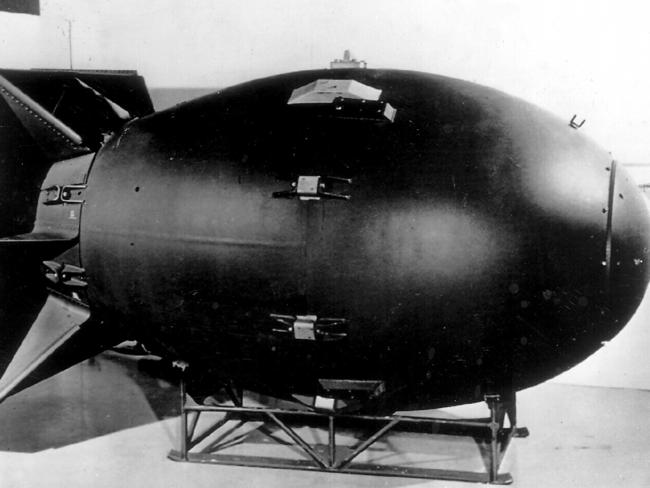
— 80km radius: Radioactive fallout spreads. Over time, thousands will die from radiation sickness and cancers.
Depending on the device used, Professor Reynolds said it wouldn’t be unheard of to expect up to 300,000 dead if North Korea fired a nuke into the heart of Seoul.

NUCLEAR FALLOUT
Nuclear weapons release ionising radiation, which are particles and rays given off by radioactive materials.
At high doses, radiation can devastate organs, kill cells and cause rapid death. At low doses, it can damage cells that may lead to leukaemia and other deadly cancers.
Professor Reynolds said the problem with nuclear bombs that explode midair is that the entire world experiences the fallout — a mess of bomb material, soil and debris that is vaporised, made radioactive and scattered across the landscape by prevailing winds.

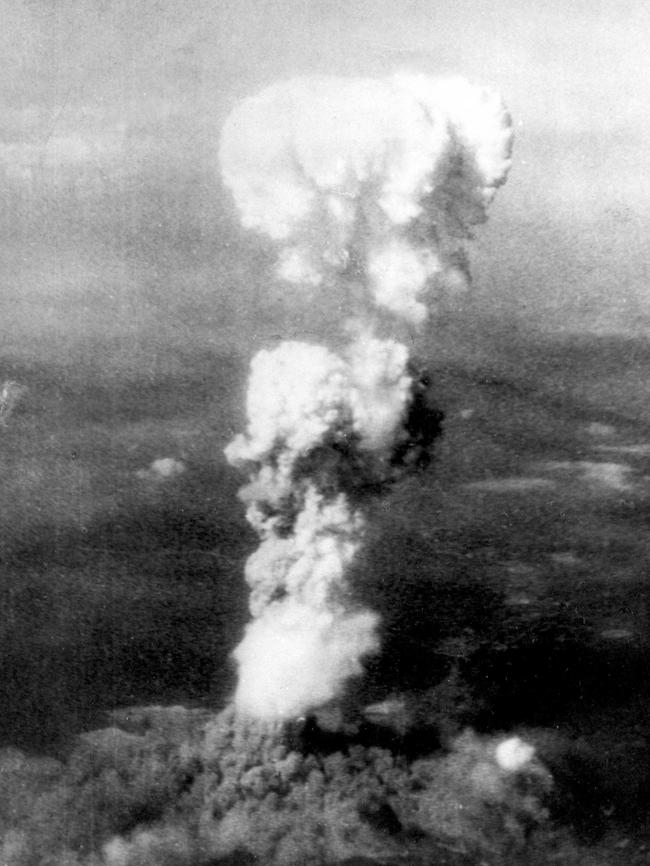
“It’s not like a reactor where highly contaminated material comes out, it’s sort of spread over a wide area,” he said.
“You’re not dealing with a meltdown of the type seen in Ukraine and Japan, you’re dealing with a lot of atmospheric fallout but it’s going to be widely dispersed.
“Most of the people who died of radiation sickness were exposed to the actual blast itself and then the fallout around the city.”
North Korea has been toying with the idea of using a plutonium device, according to Professor Reynolds.
WOULD THE US STRIKE PYONGYANG?
The likelihood of President Trump ordering a direct strike on Pyongyang is negligible, according to Professor Reynolds.
In the event America attacks North Korea, it will likely eventuate as a “decapitation strike” — a pre-emptive military strike aimed at destroying an opponent’s leadership structure.
American forces would go after “hardened targets” with cratering bombs that can blow up concrete military bunkers.
“The Americans have had many decades of experimenting with high precision ordinance — much of it would not even need to be nuclear. So what they’ve demonstrated in a number of wars, the Cold War in particular, is how highly lethal they can be,” Professor Reynolds said.
“They’ve got to paralyse the regimen. I wouldn’t think they’d be trying to take out Pyongyang; that would be highly unlikely.
“You wouldn’t be going for cities, you’d be going for military targets.”
HOW TENSIONS COULD PLAY OUT
The world is on a knife edge waiting for North Korea’s next move, but the tense stand-off could end up being a big fizzer.
“It’ll fizz. I don’t think North Korea itself has got the capability to take on the Americans. If the Americans order a strike it would be fairly precise and with the sort of weapons you’d see in the Cold War,” Professor Reynolds said.
“All of the North Korean rockets are single stage, they haven’t successfully deployed one of these multiple stage rockets. You see maps saying they can reach Australia and the United States ... well that’s really futuristic stuff. It’d be a long time before they could do anything like that.
“And of course interception capability is clamped right around them. It’s pretty formidable.”
While China has shown a reluctance to become more involved, it’s not likely the emerging superpower will be a doormat or easily accept a “show of escalation”, the Professor said.
“Even if North Korea went rogue, I think the counterforce available to the US is very significant.”
Originally published as As North Korea threatens ‘thermonuclear war’, this is how nuclear bombs really work

